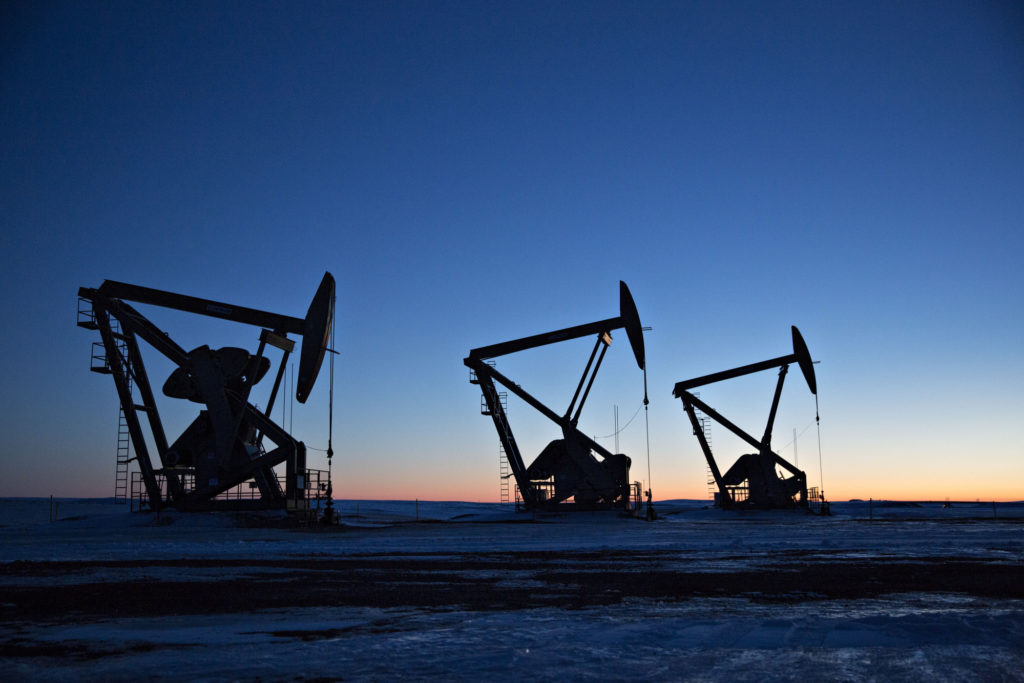
American fingerprints are all over oil’s record losing streak that’s plunged prices into a bear market.
The State Department’s zigzag on Iran sanctions, President Donald Trump’s tweets about OPEC supply, the demand-sapping trade war with China and the explosion of shale oil production are all key factors leading to the collapse in crude prices since early October, Ed Morse, head of commodities research at Citigroup Inc., said in a phone interview.
“The oversupply in the market is a made-in-America phenomenon,” Morse said. “It’s the unexpected consequences of American policy and the unintended impact of technological changes that made this historically unprecedented arena for production growth blossom.”
Morse was among several commodity traders and experts who less than two months ago said global benchmark Brent crude could spike above $100 a barrel if the U.S. followed through with its threat to use sanctions to drive Iranian oil exports to zero. The fear of a supply crunch helped drive the marker to as high as $86.74 a barrel in early October, the highest level since 2014.
Then the Trump administration changed its mind, granting waivers that allowed eight countries to continue purchasing limited amounts of Iranian oil. Brent traded at $65.91 at 12:10 p.m. Singapore time. West Texas Intermediate, the U.S. benchmark, was at $56 a barrel, following a record 12 session slide through Nov. 13.
Even as the U.S. was planning to grant the Iran waivers, Trump was badgering other members of the Organization of Petroleum Exporting Countries to boost production in order to make up for any loss of Iranian supply. He’s kept at it even as prices have plunged, tweeting on Nov. 12 that he hoped Saudi Arabia and OPEC wouldn’t cut output.
Market Oversupply
“The head fake on Iranian sanctions, which turned out to be misleading when U.S. actions were limp, combined with putting more pressure on producers helped create the oversupply in the market,” Morse said.
Supplies have also been boosted by surging output from U.S. shale fields, which has lifted the U.S. past Saudi Arabia and Russia as the world’s largest crude producer, Morse said. Additionally, global oil demand growth has also been hurt by an escalating trade war between the U.S. and China that was instigated by the Trump administration, he said.
Recommended for you
